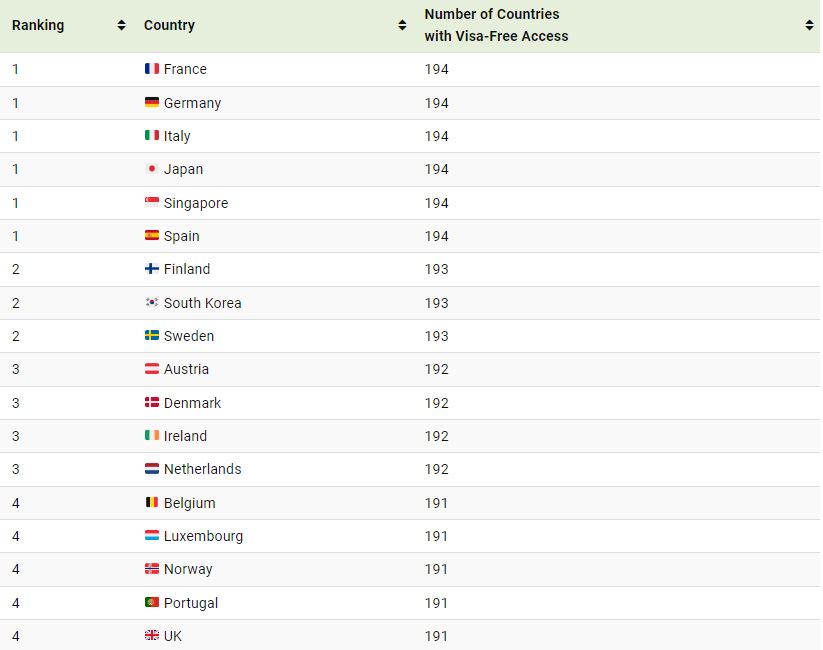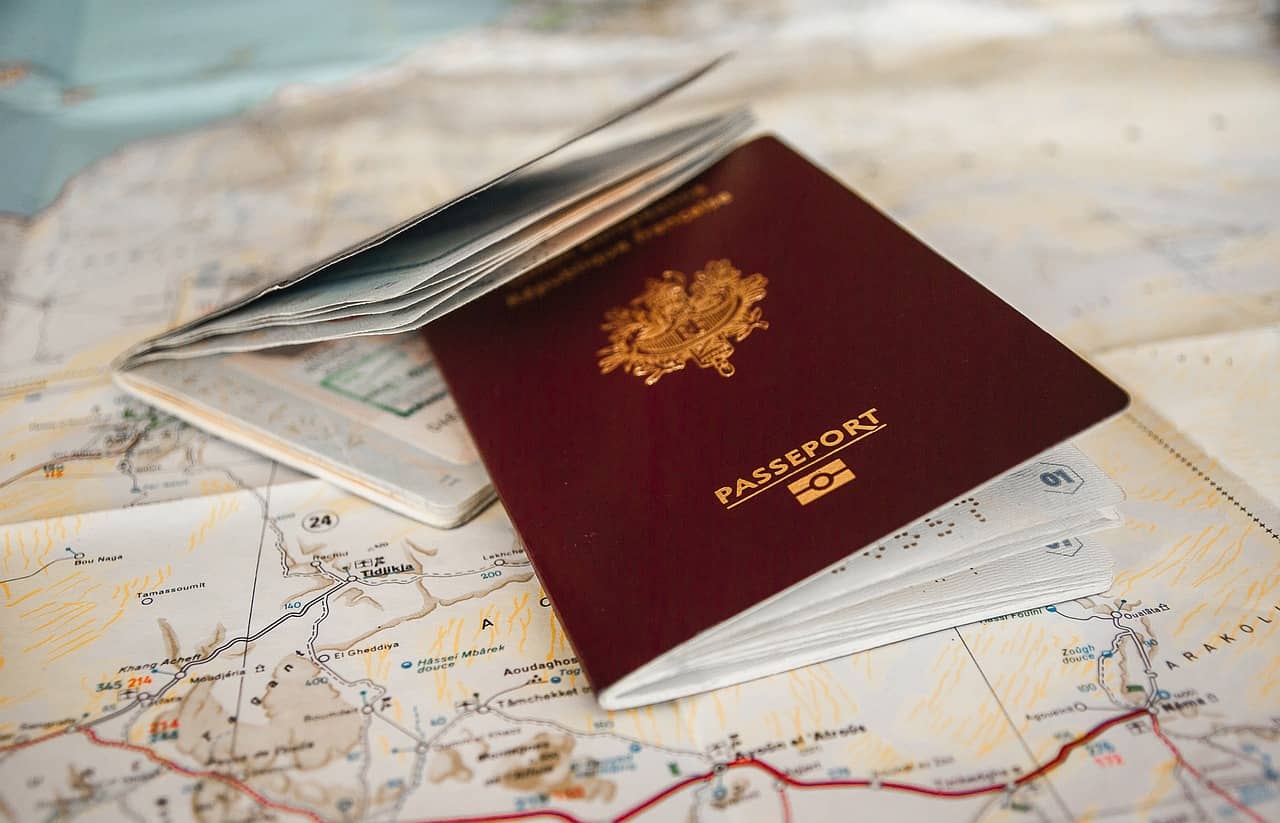Global travel freedom has reached unprecedented heights this year, with the average number of visa-free destinations surging from 58 in 2006 to an astonishing 111 today. This dynamic transformation comes as citizens from France, Germany, Spain, and Italy celebrate newfound visa-free access to three additional countries, contributing to the current six-way tie for the world’s top passport, offering a remarkable 194 countries without visa hassles.
While Japan and Singapore had long held the coveted top spot for five consecutive years, the latest rankings reveal a seismic change, as four European nations—France, Germany, Italy, and Spain—climb to the summit. This significant ascent coincides with China’s strategic move to grant visa-free access to these European countries and 50 others, marking a bold step in reviving global tourism post-pandemic.

The global trend toward visa waivers continues to gain momentum, exemplified by Germany and Singapore securing visa-free travel agreements with an additional 35 countries over the past eight years. This strategic diplomatic maneuver underscores the growing importance of fostering international collaborations to facilitate seamless global travel.
In contrast to the overall trend, the United States finds itself in a challenging position, ranking seventh in the passport power index. This relative decline is attributed to diplomatic tensions and a perceived lack of openness to foreign tourists. Brazil recently removed visa-free access for U.S. citizens, citing reciprocity reasons, a move that reflects the intricate web of diplomatic relations shaping travel policies.
Looking ahead, a major development is on the horizon as U.S. travelers are set to face a new reality by 2025— a requirement for a visa to embark on European journeys. This change marks a departure from the longstanding tradition of hassle-free trans-Atlantic travel, introducing a new era of entry protocols and documentation for American tourists.
Regionally, Europe and the UK dominate the top 30 passports, claiming 23 entries, while Asia follows with three. North America and Oceania each secure two spots, reflecting the global distribution of passport power.













